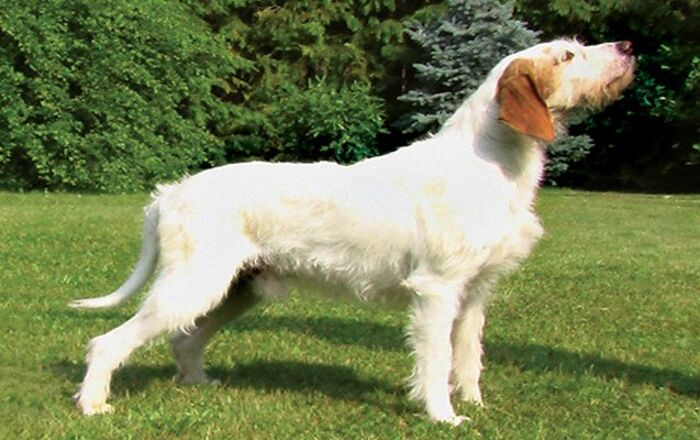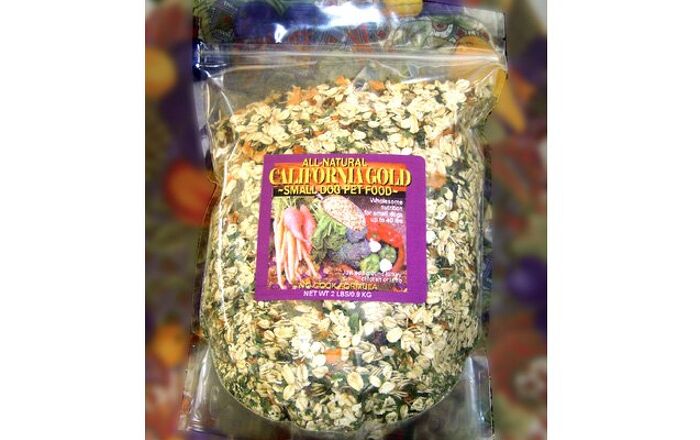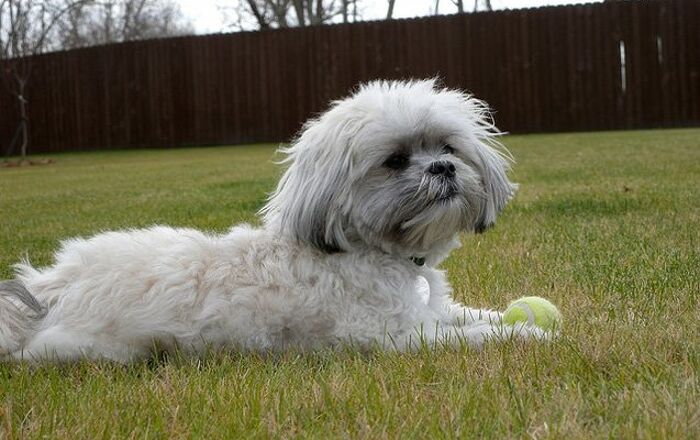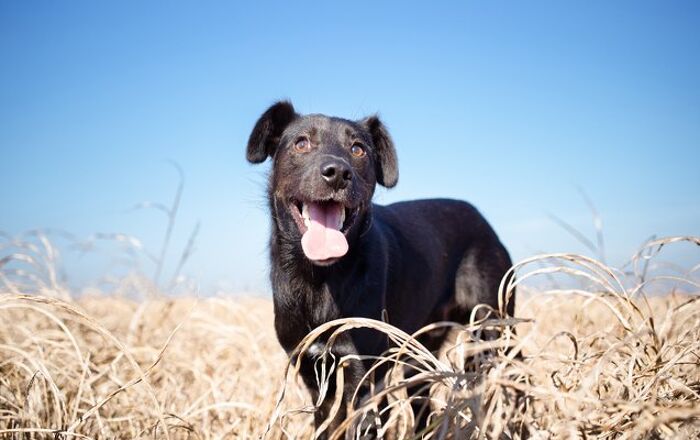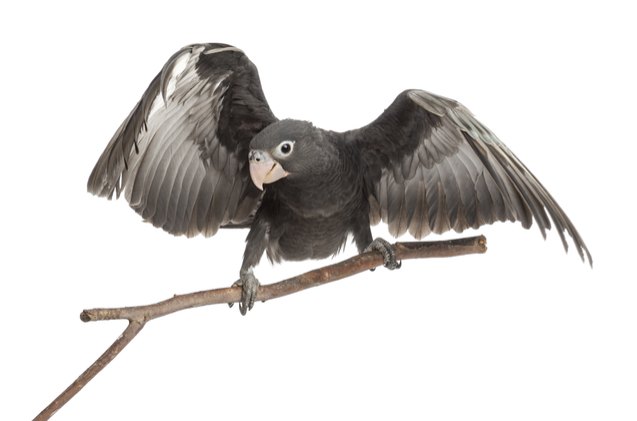
Vasa Parrot General Info
Are you ready to meet Vasa Parrots, one of the most unique members of the pet parrot world? These peculiar birds have a very dedicated following in aviculture, and with good reason. Charming, intelligent and fun, the Vasa Parrot makes a wonderful pet. Their lively behavior and impressive intelligence leave no one indifferent- not to mention their truly majestic appearance. Full of surprises and unusual traits, these pet parrots are arguably one of the loveliest breeds out there.
Charming, intelligent and fun, the Vasa Parrot makes a wonderful pet.
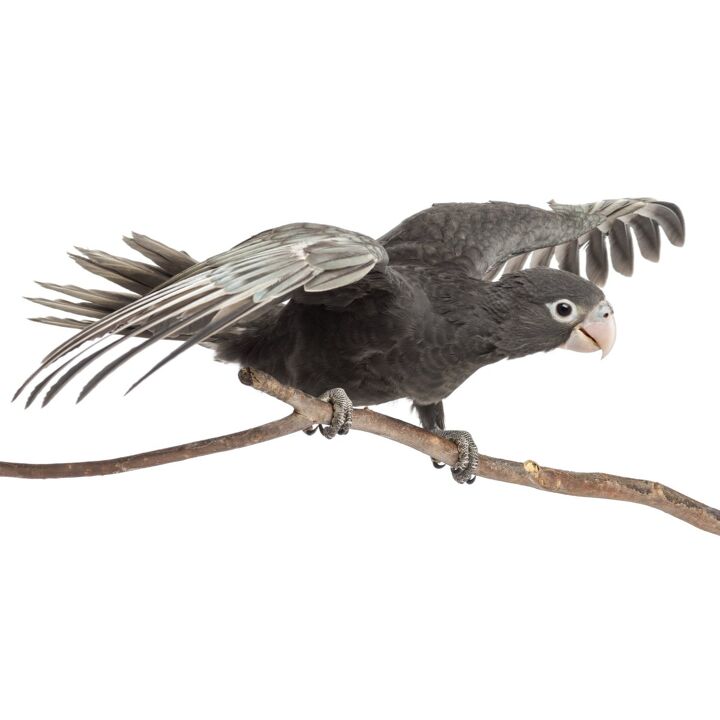
Native Region/Natural Habitat
These parrots are only found on two island nations off the coast of Africa – Madagascar, and Comoros. Their isolation made them unique, and they are members of one of the smallest parrot families. They are found in the entirety of these islands and thrive in the various habitats found there, including dense and humid forests, open savannas, woodlands, and often cultivated areas. They have been first exported to global pet parrot markets in the 1970s. Vasa Parrot is not considered an endangered breed, although their numbers are decreasing, due to illegal capture and hunting by farmers.
Overall Description
Unique in so many aspects, the Vasa Parrot really doesn’t have many similarities with the rest of the parrot world. They are a member of the Psittrichasiidae family, alongside Vulturine parrots. Some of the first peculiar traits you’ll spot are their very long necks, slender and elongated bodies, and unusual faces. The adults reach an average length of 20 inches (50 centimeters) and can weigh up to 1 pound (480 grams). The Vasa Parrot also has physiological differences in comparison to other parrots. Besides complex reproduction methods, the females will lose all their head feathers during breeding. In the process, their skin turns red and they receive a different, vulturine appearance. The females are also 25% larger than the males and are the dominant sex.
Speech and Sounds
The Vasa Parrot is amongst the best talkers in the parrot world. Some even compare them to the African Grey parrots – the biggest chatterboxes out there. Of course, the amount of talent will differ from bird to bird. But nonetheless, your pet can surprise you with their skillful repeating of common words and phrases. They are also skilled mimics – with alarms, creaking, barking and phones being the favorite sounds to reproduce. Their natural calls are shrill and they can whistle complex melodies, either mimicked or completely invented. When size and noise levels are taken into consideration, it is clear that the Vasa Parrot is not a suitable pet for apartment dwellers.
Colors
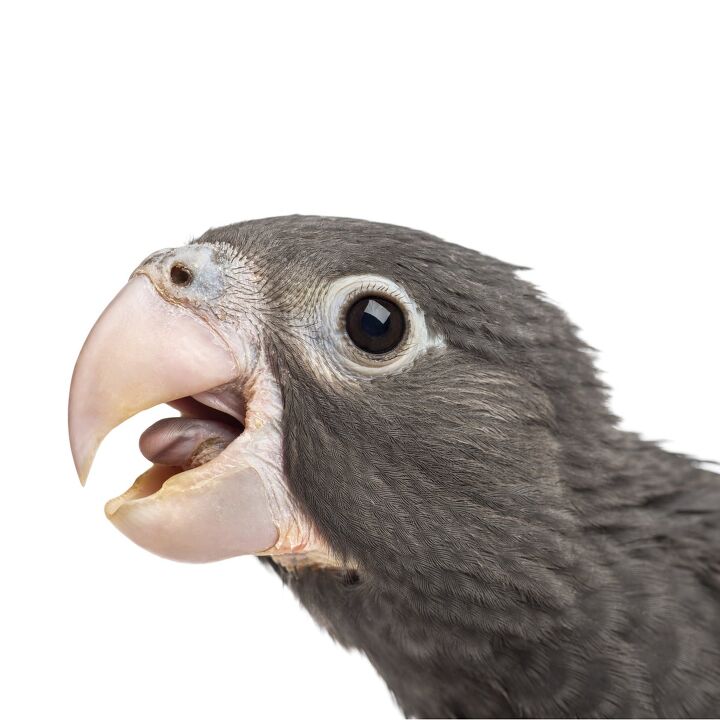
Unlike most exotic parrots that show off with a variety of bright colors, the Vasa Parrot is entirely black or a very dark grey. With a pale beak for contrasts the plumage, the effect is magnificent. For owners that prefer vibrant and colorful parrots, this breed might not be interesting. But what they lack in colors, they make up with their intelligence and wonderful personality. Besides, who says that an all-black parrot cannot be charming? We beg to differ!
These highly intelligent parrots love to dismantle things and solve puzzles. Take care of prized possessions.
Care and Feeding
The most important care requirement for a Vasa Parrot is providing ample space. These are large birds, with a lot of energy and incredible wingspans. Either ensure a large walk-in enclosure, an aviary or a very spacious cage with a few meters in diameter. Exercise is important, and these birds have a lot of energy that needs to be spent. With good care, they can live for more than 30 years, with the oldest documented bird being 53 years old.
As for their diet, they’re not overly demanding. A pellet-based diet reinforced with fresh fruits and veggies is the best choice.
Health and Common Conditions
Vasa Parrot is an adaptable and hardy bird. When properly cared for, they thrive in the household environment. Ensure a balanced diet, and some fresh fruit and veggies always present in their food dish. They are slow eaters but will eat almost anything you give them. If it’s something they don’t like or won’t eat – you’ll know about it. They will quickly fling it out of the cage.
An interesting theory says that the Vasa Parrot is the genetic link between birds and raptors. Their appearance certainly makes it seem possible.
Personality & Behavior
These popular parrots are described as intelligent, mischievous, fun and affectionate. They will often discover their own source of fun, like ripping apart cardboard boxes or collecting small items from around the house. But besides their inquisitive and mischievous nature, Vasa Parrot is also affectionate. They will not hesitate to get in line for some cuddling in the evening, and won’t shy away from handling. All in all, if you can provide care and attention Vasa Parrot needs, you’ll be rewarded a superb companion.
Photo credit: Eric Isselee/Shutterstock







